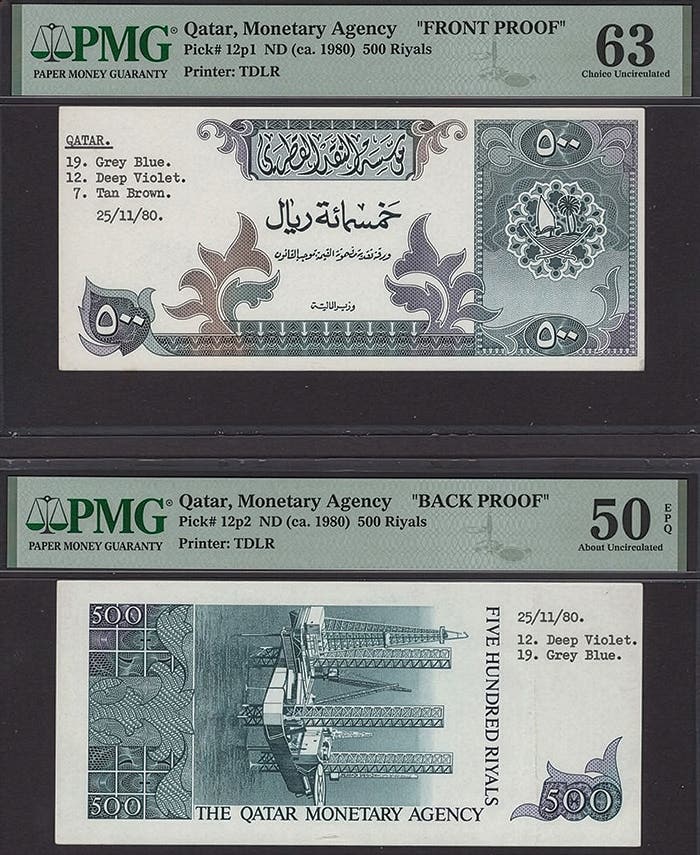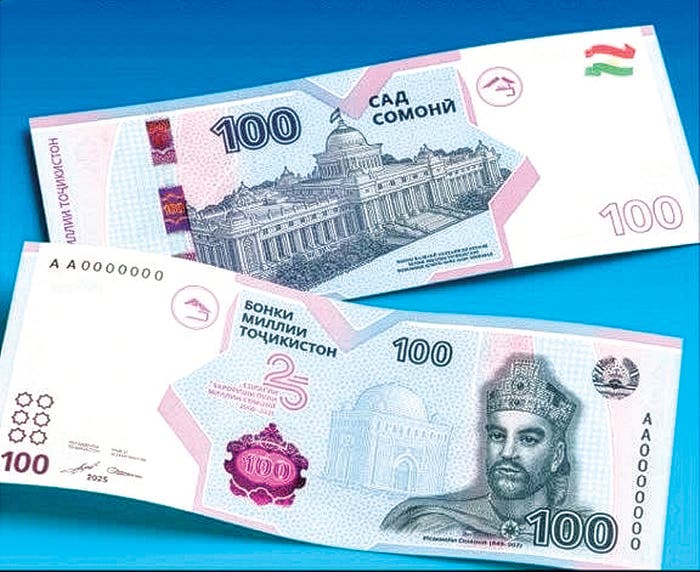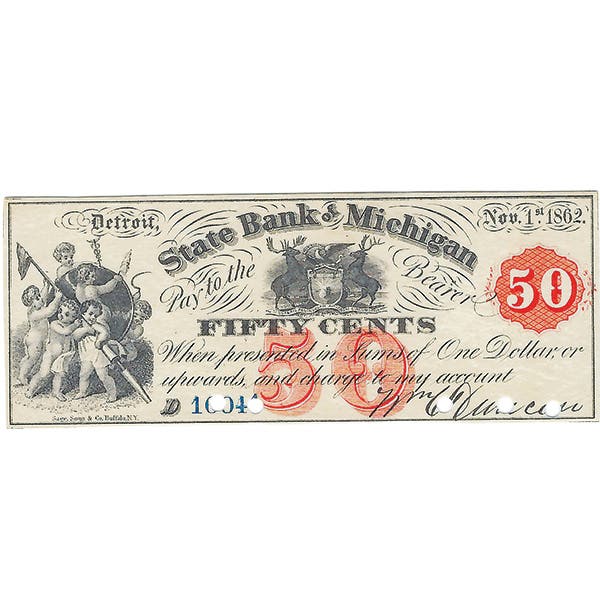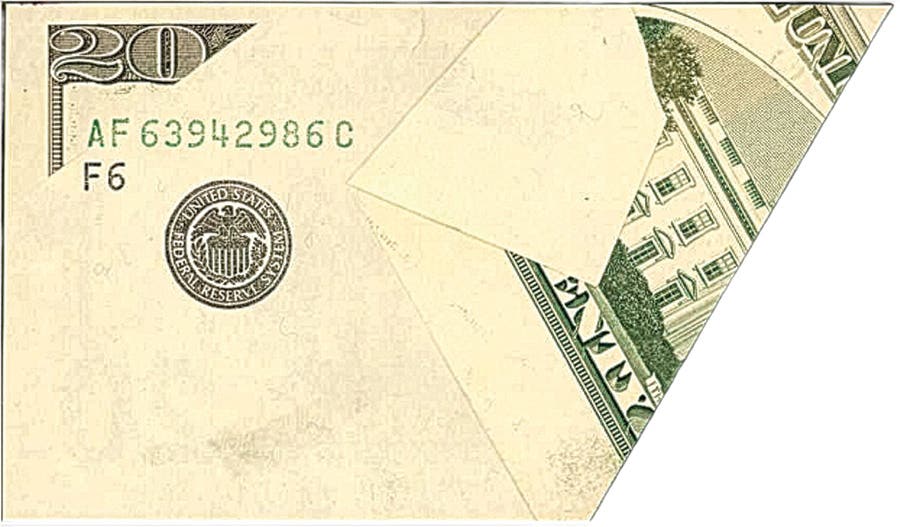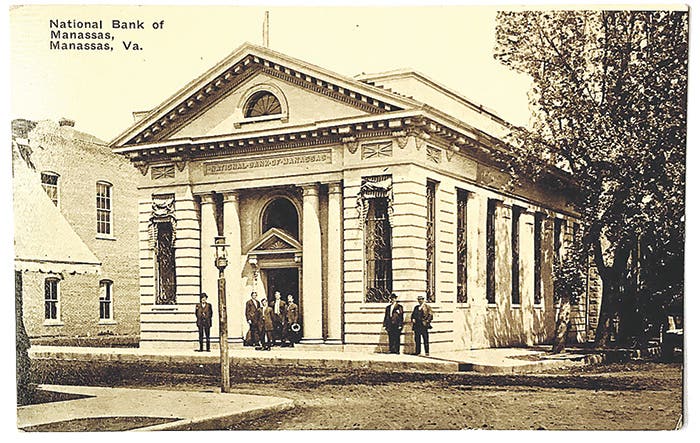Star signatures appear on short snorters
By Mark Hotz This month, in my continuing series of signed currency in my collection, the so-called “short snorters,” we will look at some of my favorite notes. These are…
By Mark Hotz
This month, in my continuing series of signed currency in my collection, the so-called “short snorters,” we will look at some of my favorite notes. These are the short snorters signed by famous people of the day: politicians, entertainers, high ranking officers, etc. I hope you will enjoy viewing these notes; I have had most of them for many years and this is the first time any of them have been published.
One of the ways the U.S. military tried to keep up morale among the troops during World War II was to sponsor United Service Organization tours of the South Pacific by famous entertainers. None was more famous at the time than Bob Hope, who in the summer of 1944, hopped from island to island in the South Pacific to entertain the troops.
It was an emotional, as well as dangerous, journey for Hope and his colleagues. He logged over 30,000 miles and gave more than 150 performances. Accompanying Hope on the trip were guitarist Tony Romano, singer Frances Langford, dancer Patty Thomas, sidekick Jerry Colonna, and gag-writer and Hope chum, Barney Dean.
So it was rather fortuitous that I happened upon a Series of 1935-A $1 HAWAII overprint note some years back. It was pretty clear to me (though not to the seller) that of the few signatures on the face of the note, that of Bob Hope really stood out. Below Hope’s signatures are those of Jerry Colonna, Barney Dean, Tony Romano, and Patty Thomas. On the other side of Washington’s portrait, in a much daintier script, is the autograph of Frances Langford. While I have no doubt that Hope & Company signed many notes, this is the only one I have found [Fig.1].
A number of big bands and their leaders toured the world entertaining U.S. soldiers and sailors during the war. One of these was Kay Kyser and his band. Born James Kern Kyser in North Carolina, Kyser used the first letter of his middle name to create his “Kay” persona. Unlike most other big bands of the era, which centered on only the bandleader, individual members of Kyser’s band became stars in their own right and would often receive the spotlight.
One of the more popular members was cornetist Merwyn Bogue (a.k.a. Ish Kabibble). So, I was happy when I found a similar HAWAII $1 note with the bold signatures of Kay Kyser and Ish Kabibble on the face of the note. It was, like so many of the others I found, just in a holder marked “short snorter” with a low price and no comment on the signatures. Signatures also found on this note included U.S.A.A.F. air ace Tom Lynch and Rebel Bryant [Fig. 2].
Continuing along this same line, I found another HAWAII $1 note bearing the autographs of Gene Autry, Marjorie Alden, and Gladys and Will Ahern. This would have been another souvenir of USO Shows in the South Pacific. Orvon Grover “Gene” Autry (1907-1998) was an American singer-songwriter, actor, musician, rodeo performer and business tycoon who gained fame as a singing cowboy in a crooning style for more than three decades beginning in the early 1930s. Autry was the owner of a television station, several radio stations in Southern California, and the Los Angeles/California/Anaheim Angels Major League Baseball team from 1961 to 1997 [Fig.3 and Fig. 4].
From 1934 to 1953, Autry appeared in 93 films and between 1950 and 1956 hosted “The Gene Autry Show” television series. During the 1930s and 1940s, he personified the straight-shooting hero—honest, brave, and true—and profoundly touched the lives of millions of Americans.
His singing cowboy movies were the first vehicle to carry country music to a national audience. In addition to his signature song, “Back in the Saddle Again,” Autry is still remembered for his Christmas holiday songs, most especially his biggest hit “Rudolph the Red-Nosed Reindeer” as well as “Frosty the Snowman” and “Here Comes Santa Claus."
During World War II, Autry enlisted in the U.S. Army in 1942, and became a tech sergeant in the U.S. Army Air Force. Holding a private pilot certificate, he was determined to become a military pilot and earned his Service Pilot rating in June 1944, serving as a C-109 transport pilot with the rank of flight officer. Assigned to a unit of the Air Transport Command, he flew as part of the dangerous airlift operation over the Himalayas between India and China, nicknamed the Hump.
After his discharge from the Army on July 17, 1945, Autry immediately arranged to do a USO shows for troops in the Pacific. Beginning in 1945, when he flew into Saipan, he spent 10 weeks going from island to island with Rufe Davis, Will and Gladys Ahern and Marjorie Alden, playing 85 shows for GIs on a USO Camp Show trip arranged by the Hollywood Victory Committee. The troupe covered 35,000 miles, performing at Guan, Tinian, Saipan, Kwajalein, Pelelieu and Iwo Jima.
My note is a wonderful souvenir of the efforts of Autry and his troupe. Some lucky GI got Autry and three members of his troupe to autograph my HAWAII note, and now I can share it with you.
Joe E. Brown (1891-1973) was an American actor and comedian, remembered for his amiable screen persona, comic timing, and enormous elastic-mouth smile. He was one of the most popular American comedians in the 1930s and 1940s, with successful films like «Some Like It Hot,” in which he utters the famous punchline, “Well, nobody’s perfect.”
Brown appeared in over 40 films in the 1920s and 1930s. With the advent of World War II, Brown at 50 was too old to enlist. Both of his sons, however, did so. His eldest son, Capt. Don E. Brown, was killed in 1942 when his A20 Havoc crashed near Palm Springs, Calif.
During WWII, he spent a great deal of time entertaining troops, spending many nights working and meeting servicemen at the Hollywood Canteen. He wrote of his experiences entertaining the troops in his book Your Kids and Mine. He traveled thousands of miles at his own expense to entertain American troops. He was the first to do so, traveling to both the Caribbean and Alaska before Hope had, and before the USO was organized. He gave shows in all weather conditions, many in hospitals, sometimes doing his entire show for a single dying soldier. He would sign autographs for everyone. Brown was one of only two civilians to be awarded the Bronze Star in WWII.
The signature of Joe E. Brown on World War II-era currency is one of the most frequently seen. The illustrated one from my collection is also on a HAWAII $1, but I also have his autograph on an Australian 10-shilling note of that vintage. He always signed a large vanity signature in dark ink—easy to recognize. Also found on this note is the signature of Deannie Best, a B-grade movie starlet who accompanied Kay Kyser on USO tours of the South Pacific [Fig.5].
I have included photos of the notes and signatures, as well as photos of the personalities involved. Next month, we will take a look at some famous non-entertainers who signed WWII-era notes.
Readers may address questions or comments about this article to Mark Hotz directly by email at markbhotz@aol.com.
This article was originally printed in Bank Note Reporter. >> Subscribe today.
More Collecting Resources
• The Standard Catalog of United States Paper Money is the only annual guide that provides complete coverage of U.S. currency with today’s market prices.
• When it comes to specialized world paper money issues, nothing can top the Standard Catalog of World Paper Money, Specialized Issues .




